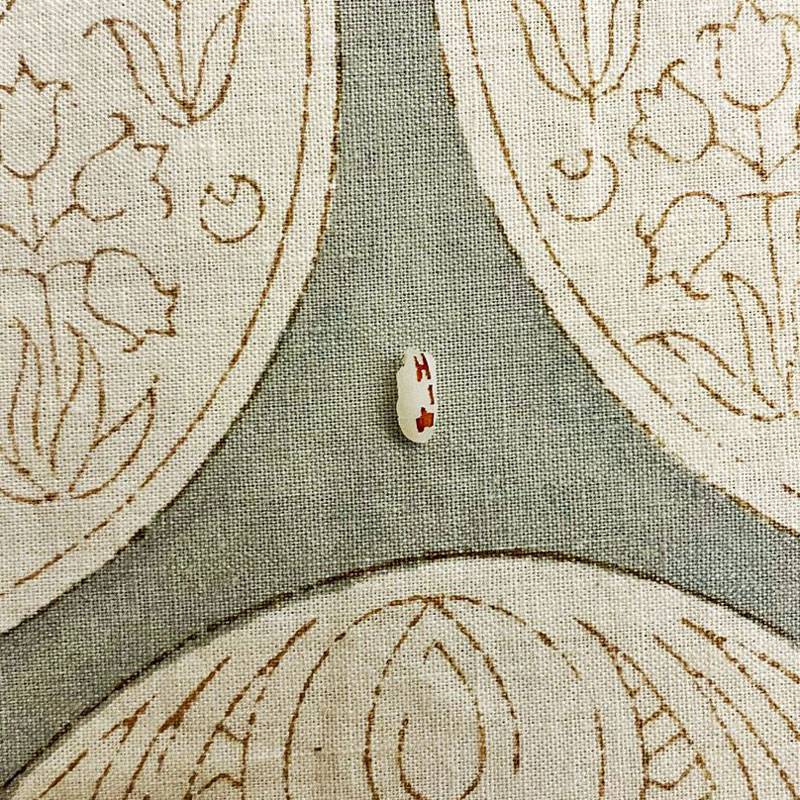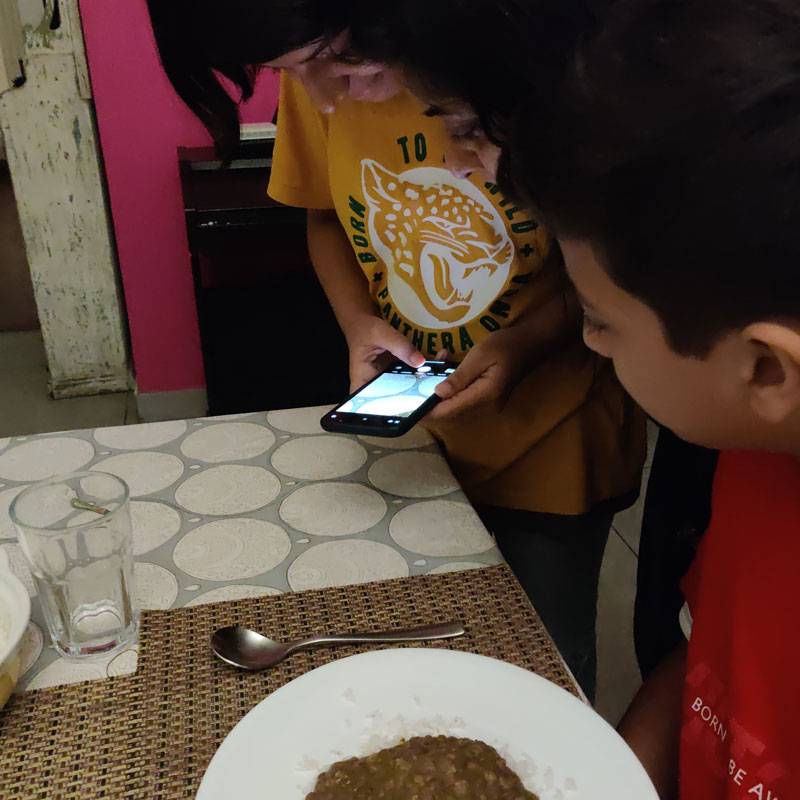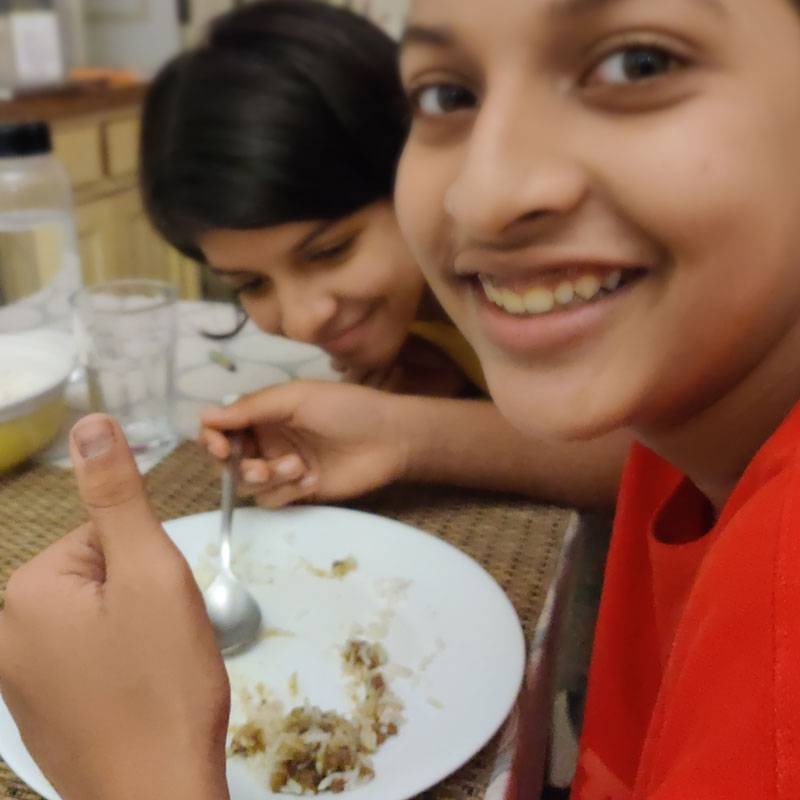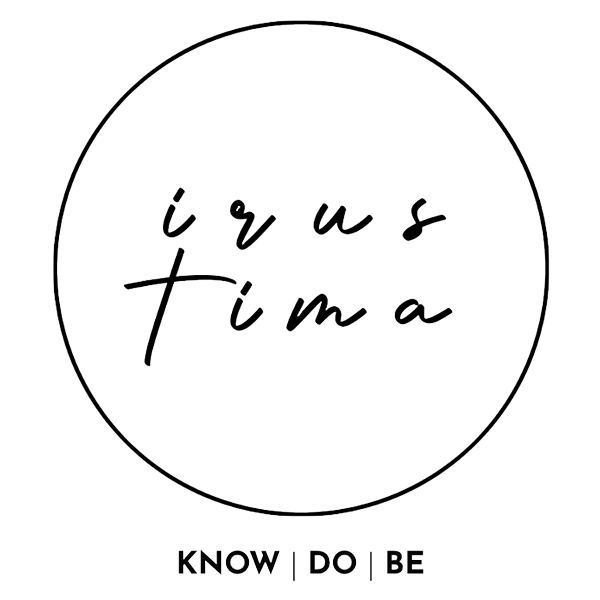
17 Sep Hinduism, Shraddh and a Miracle
I am a Hindu. My religion is not just a belief system but an inheritance passed down through generations, intertwining with my very identity. Hinduism has been a constant presence in my life, from my first cry and perhaps even before that. As Hindus, we embrace the concept of rebirth, where death acts as a gateway to new beginnings. Upon reaching my forties, I felt a strong urge to delve deeper into my religion, to understand its essence and connect with my roots. In today’s world, where cross-cultural influences abound, exploring our ancient religion becomes not only fascinating but also essential for relevance.
Hinduism is a complex tapestry, interwoven with profound discussions, guiding principles, remedies, and spiritual practices. Its scriptures are boundless, offering wisdom that resonates with individuals and society alike. Just when we think we have unraveled its mysteries, life surprises us with unexpected twists that demand further exploration, contemplation, and introspection. Unlike other religions, Hinduism does not require a specific ritual to join its ranks. One becomes a Hindu the moment they decide to embrace it. It is a journey of continuous learning through daily contemplation, actions, and rituals. While I am far from claiming expertise in comprehending Hinduism, I feel compelled to share a custom and a miraculous experience that unfolded before me.
One such custom among Hindus is called Shraddh(Hindi: श्राद्ध), a ritual performed with utmost sincerity and unwavering faith. It is a way to honour and pay homage to our ancestors, known as ‘Pitrs,’ the spirits of departed loved ones. Shraddh holds a special significance when performed for our deceased parents. It allows us to express profound gratitude for their guidance and support, seeking forgiveness for any mistakes or shortcomings they may have had. In a sense, it is a day of remembrance amplified by the spectrum of emotions and spices it entails.
If you’ve read this far, I urge you to continue, as I share a miraculous incident that unfolded today.
Around 7 p.m., my sister called to remind me that it is the month of Shraddh and that I should perform the ritual in honour of our late father. At that moment, I was at a store waiting to collect my repaired computer. During our conversation, my sister mentioned the importance of offering ‘daan’ (donations) to the priests. However, she suggested that I could alternatively give alms to the poor and needy if I felt inclined to do so. As I rushed to end the call, I couldn’t help but marvel at the complexity of Hindu rituals.
While waiting for my computer, I contemplated whether the concept of Shraddh held any truth. Could our ancestors truly send us a sign to confirm their presence? Being a man of science, I prefer simplicity in life, and avoiding the ritual would certainly make things easier. Hence, I demanded a scientific proof, a necessity for my analytical mind, from my ancestors.
Lost in thought, I was interrupted by the technician who stated, “Sir, this is becoming complicated. You may collect the computer on Monday.” Frustrated by the delay and the long wait, I resisted the urge to squeeze the technician’s neck and instead politely requested, “Could you please try to hand over the computer later tonight?” The technician frowned and reluctantly agreed, “I will try.” Leaving the store and driving back home, I continued pondering whether I should proceed with the Shraddh ritual this year.
Half an hour later, I arrived home to a deliciously prepared dinner. As I washed up and joined my family at the table, my mind was still wrestling with the decision. “Give me a sign!” I silently pleaded, yearning for proof that our ancestors were indeed present among us. Without a clear signal, I had resolved not to perform the Shraddh ritual this year.
And then, it happened!
My son fixated his gaze on the food before him, suddenly lowering his head until his nose was nearly touching the mound of rice and lentils on his plate. Perplexed by his behavior, I observed him with curiosity. With a smile, he exclaimed, “I think there’s something written on this grain of rice!”
He picked up a single grain from his plate and squinted his eyes. “It says ‘Hi’ with a ‘thumbs-up’ icon below it!” he exclaimed.
Really!
We, including my daughter, wife, and I, leaned in to examine the grain closely. We strained our eyes to decipher the inscription. Adjusting my spectacles to the furthest point on the bridge of my nose, I struggled to discern the tiny markings on the grain. My daughter, however, quickly read and confirmed the message. My son and daughter jumped with excitement, thrilled at the possibility of making contact with extraterrestrial beings. My wife and I could only make out faint specks, barely legible, on the grain. Alas, the forties can be challenging for one’s eyesight! Eager to capture the moment, we grabbed our mobile phones and took close-up pictures of the rice grain. And indeed, it spelled ‘Hi’ with a ‘thumbs-up’ icon!
A profound connection had been forged between the realms of the living and the departed through a mere grain of rice. It was the sign I had been seeking, a confirmation that our ancestors were present and watching over us.


Sraddh is performed for both the father and mother separately, on their respective ‘thithi‘ – death anniversaries as per the Hindu Calendar. In addition, it is performed for the entire community of ‘pitr‘ – both from the paternal and maternal side – collectively during the ‘Pitru Paksha’ or ‘Shraaddha paksha’ (Fortnight of ancestors), right before Sharad Navaratri in autumn.
In practice, the karta (person who performs the Śrāddh) invites ‘Brahmanas’ (priests) that day, invokes in them the divinity of his/her parent, worships and feeds them performs a ‘homa’ (fire ritual), appeasing Agni and Soma – the deities who transmit the offerings to the ancestors, nourish and protect them and offers balls of rice to the departed souls (“pinda pradaana”, offered to the Pitṛs, the ancestral spirits). The offerings are made to three generations i.e. father, grandfather and great-grandfather / mother, father’s mother, father’s grandmother. The karta extends hospitality to the priest and concludes the ceremony by giving “dakshina” (fees) to the brahmanaas. (There are various other actions done to show respect to the Brahmanaas, like washing their feet etc. during the course of shraaddha). Crows are also revered in Hinduism and during Śrāddha the practice of offering food or pinda to crows is still in vogue.
Since this is one of the more important and noble “Saṃskāras” (rituals meant to cleanse the mind and soul) that the Hindu sages have envisaged, it is imperative that the performer of the ritual understands what he or she is doing. Only then will the true intent of the ritual be fulfilled and the performer of the ritual feel completely gratified. Else, the ritual becomes just a mechanical exercise for one’s part.
Source: Wikipedia
If you liked this post, then you may consider reading A Story of Obsolescence, Death, Reuse, Rebirth and The God In Chemistry – An Atomic Insight also



Priya Dhar
Posted at 14:49h, 18 SeptemberSo beautifully written Amit. I totally get what you say about how life has been simpler with our conditioning and comfort of ‘knowing what we know’.
Having lived a life of logic, reasoning and a lot of right and wrong all along, my journey into acknowledging that there’s so much beyond and that it’s our willingness to receive that makes it such an enriching experience. Life is full of such miracles when we’re willing to see them. Thank you for sharing this.
irustima
Posted at 09:31h, 11 OctoberThank you, Priya! We have lots to discuss and delve into when we meet. I am aware you are doing amazing things with Shamanism. I would love to know more from you.